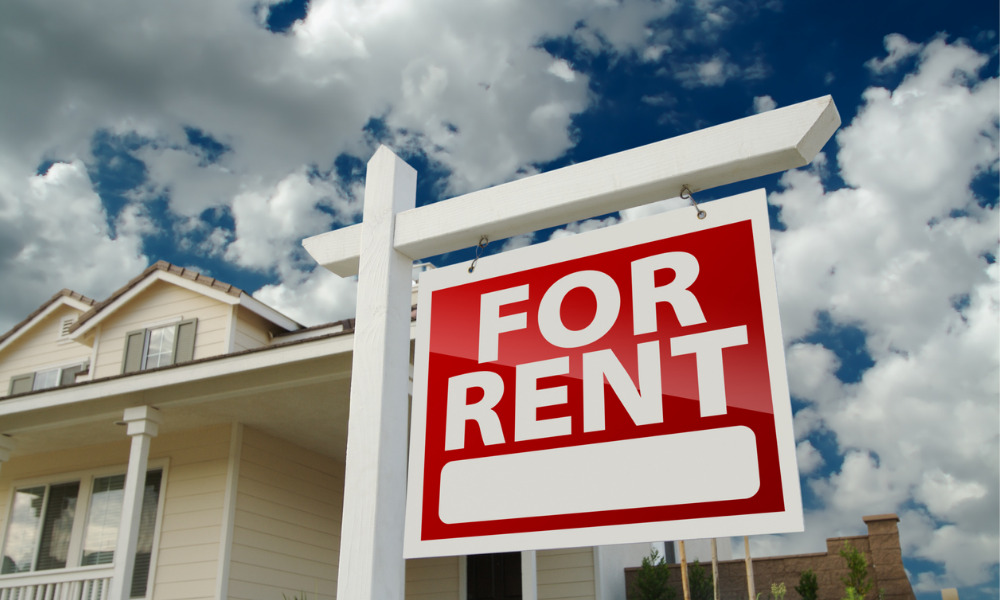Latest rent rise sees tenants paying an additional £960 a year

The average rent on a newly -et home in Great Britain rose to £1,204 per month in October, a 7.1% year-on-year growth or the equivalent of an additional £80, costing the average tenant an extra £960 each year.
The latest Hamptons Monthly Lettings Index saw average rents surpass the £1,200 mark for the first time after it breached £1,000 milestone back in June 2019.
Since January 2020, just before the COVID-19 pandemic lockdown started, rents have risen 19% across Great Britain, equating to an additional £2,351 a year in rent. Hamptons noted that there was more rental growth since the beginning of the pandemic than in - at least - the eight years prior.
London remained the least affordable region, with the average rent taking up 62% of the average renting household’s post-tax income. However, weaker rental growth in the capital meant that this had increased by just 1% in the past two years.
Rents in Inner London reached a new record high of £2,863 per month in October. In October, the average Inner London home cost 9% more to rent than it did in January 2020.
Hamptons also reported that the pace of rental growth across Great Britain had stabilised in recent months, as stock levels crept up for a second consecutive month. There were 15% more homes available to rent in October 2022 than in October 2021, and London was now the only region where there were fewer homes available to rent than last year.
Read more: Rental prices post another record growth rate.
“Strong rental growth has pushed average rents into another £100 price bracket for the third time in just over two years,” Aneisha Beveridge, head of research at Hamptons, commented. “However, the good news for tenants is that rental growth has slowed from its summer double-digit peak and looks likely to settle around the 5 to 6% mark by the end of the year.
“This will be welcome news for many households who are seeing other costs spiral as inflation peaks. And it also means that, unlike at the beginning of the year, rents are more closely tracking income growth, which should soften the cost-of-living squeeze for tenants.”
Beveridge added that while the risks were mounting for future house price growth, these same risks were likely to bolster rental growth in the short-term.
“High mortgage rates will keep more would-be buyers in the rental market for longer, which is partly why demand is up 5% on last year’s record levels,” she explained. “The cost of servicing a 90% LTV mortgage has risen 65% over the last year, meaning tenants are now spending a similar proportion of their income on rent as they would on a mortgage.
“Landlords’ costs are also rising, which they’ll likely seek to pass onto tenants in the form of higher rents or sell up if they are unable to cover costs. This is why we think rents are still likely to rise 5% in 2023.”
The Hamptons Lettings Index used data from the 90,000 homes let and managed by, adjusting for their location and type. It was based on achieved rather than advertised rents.



